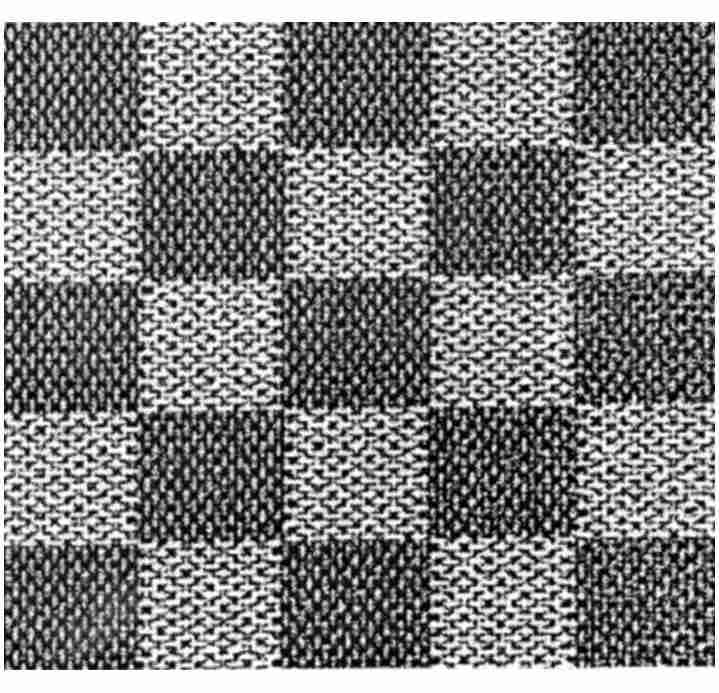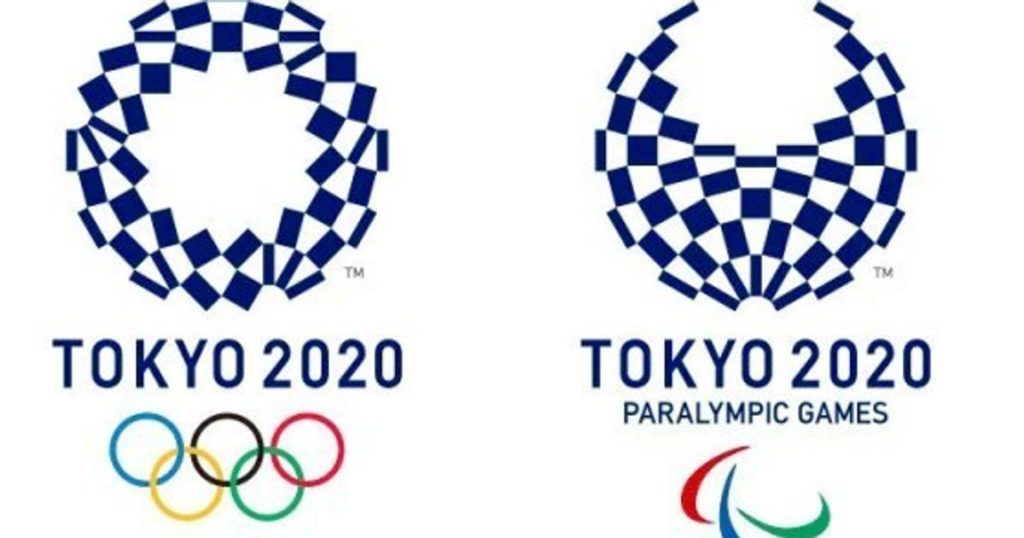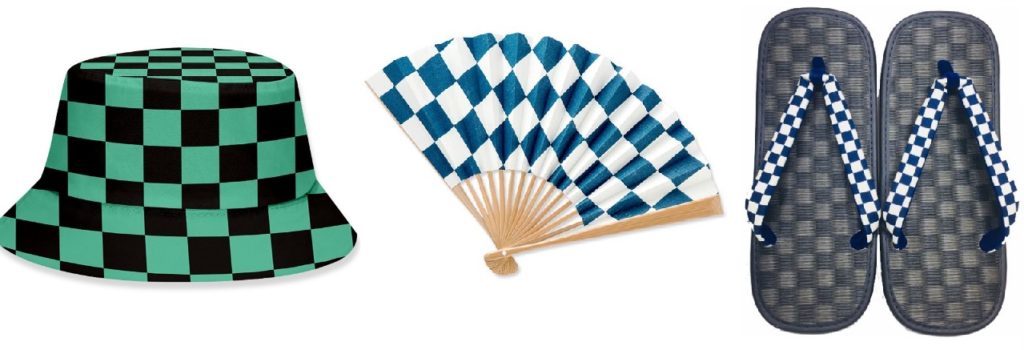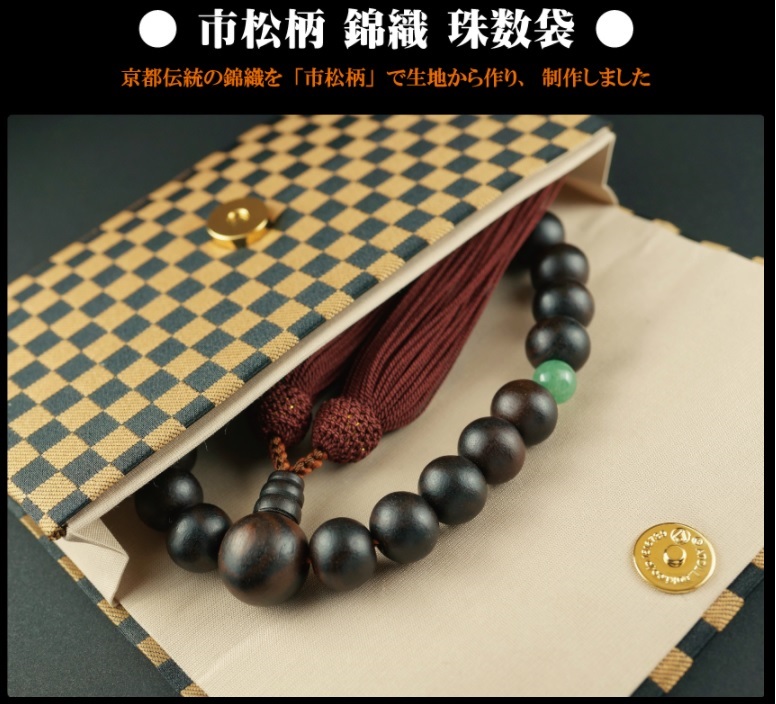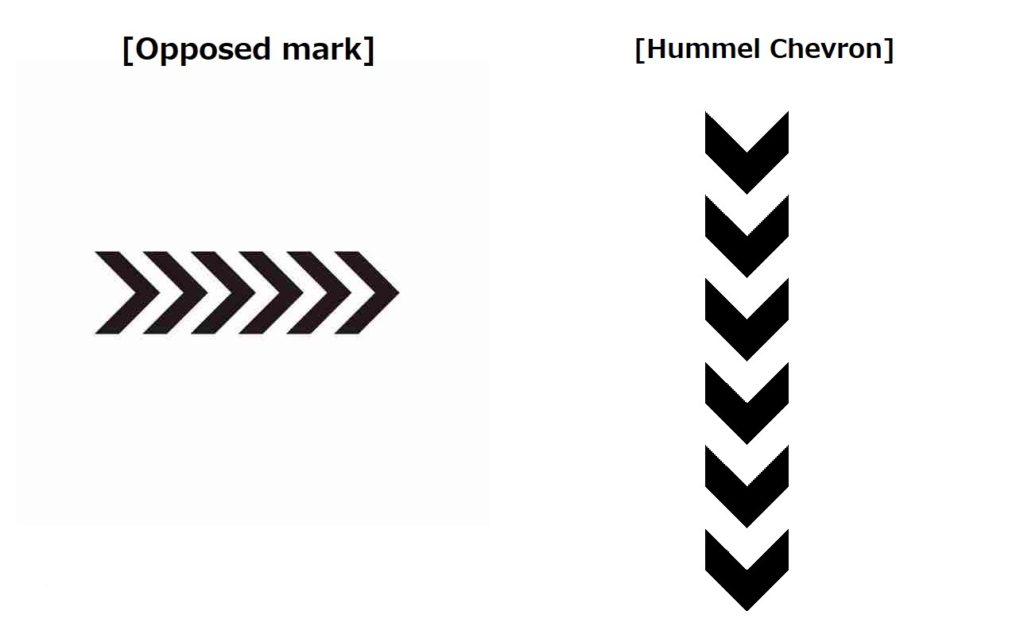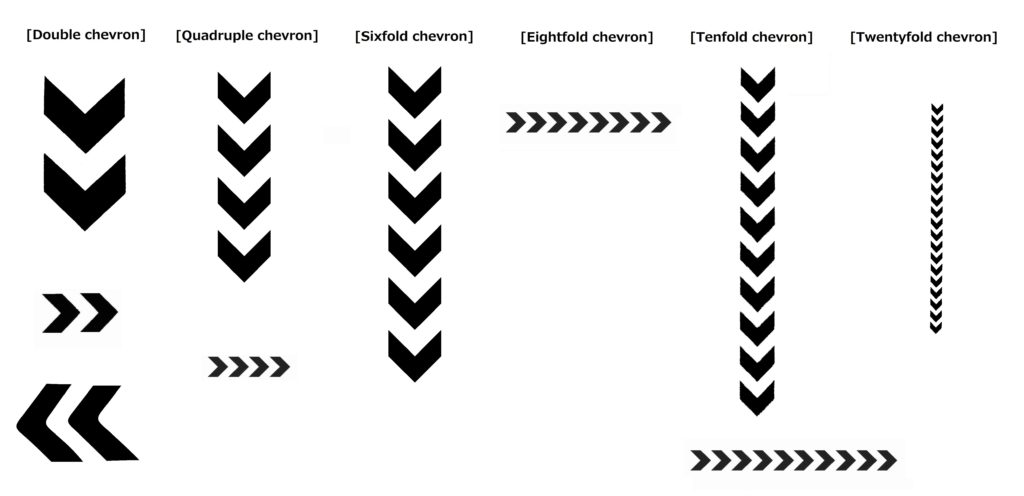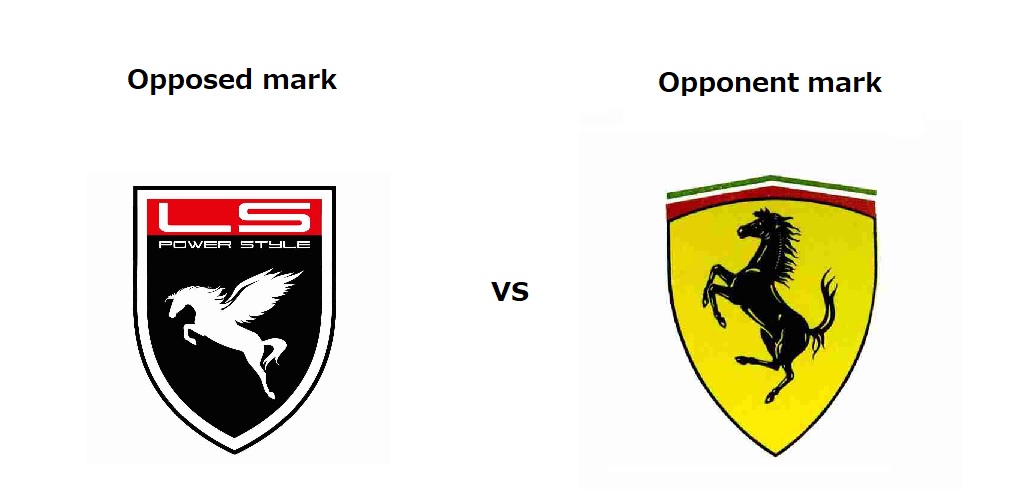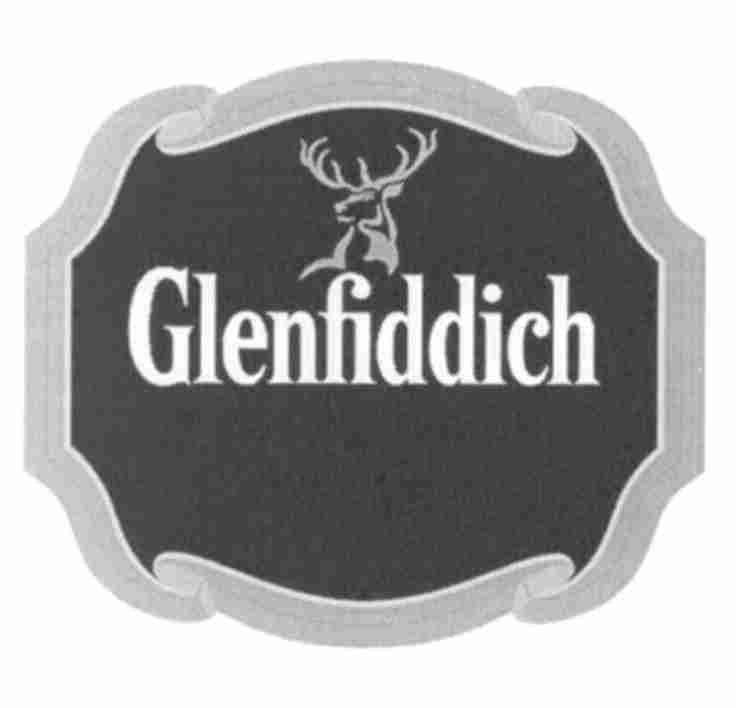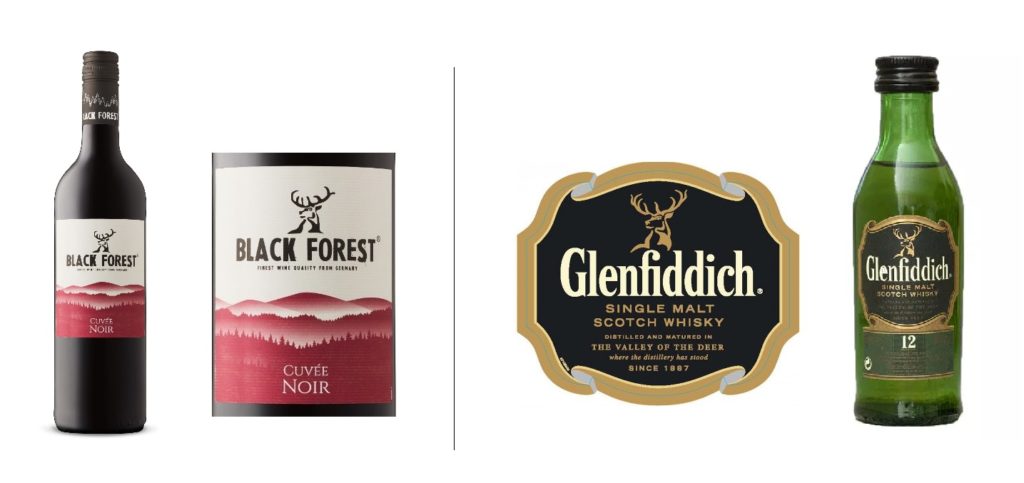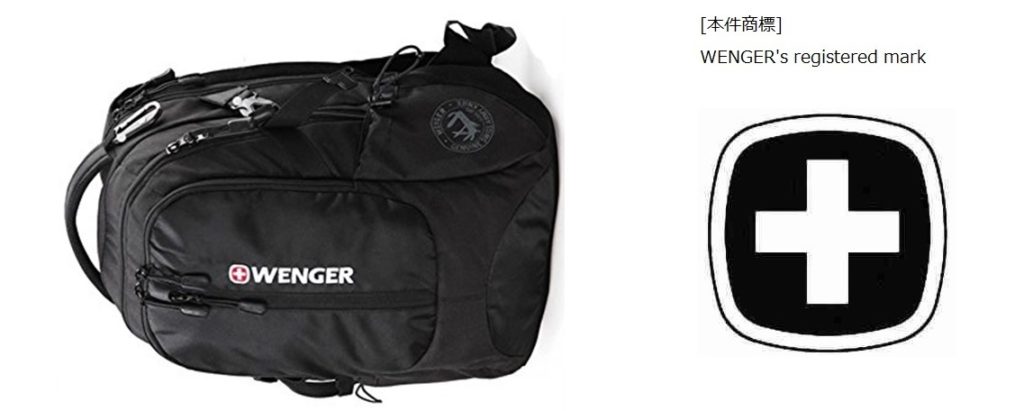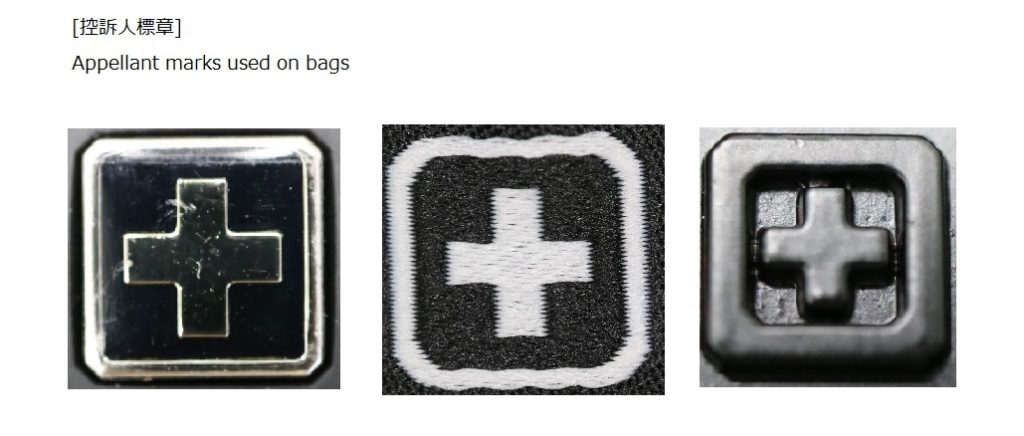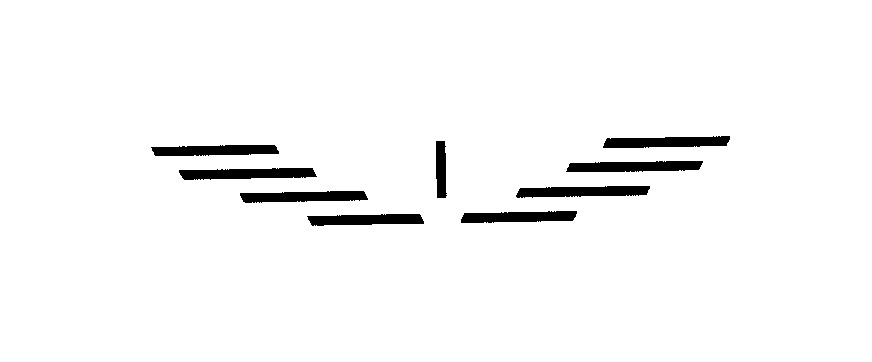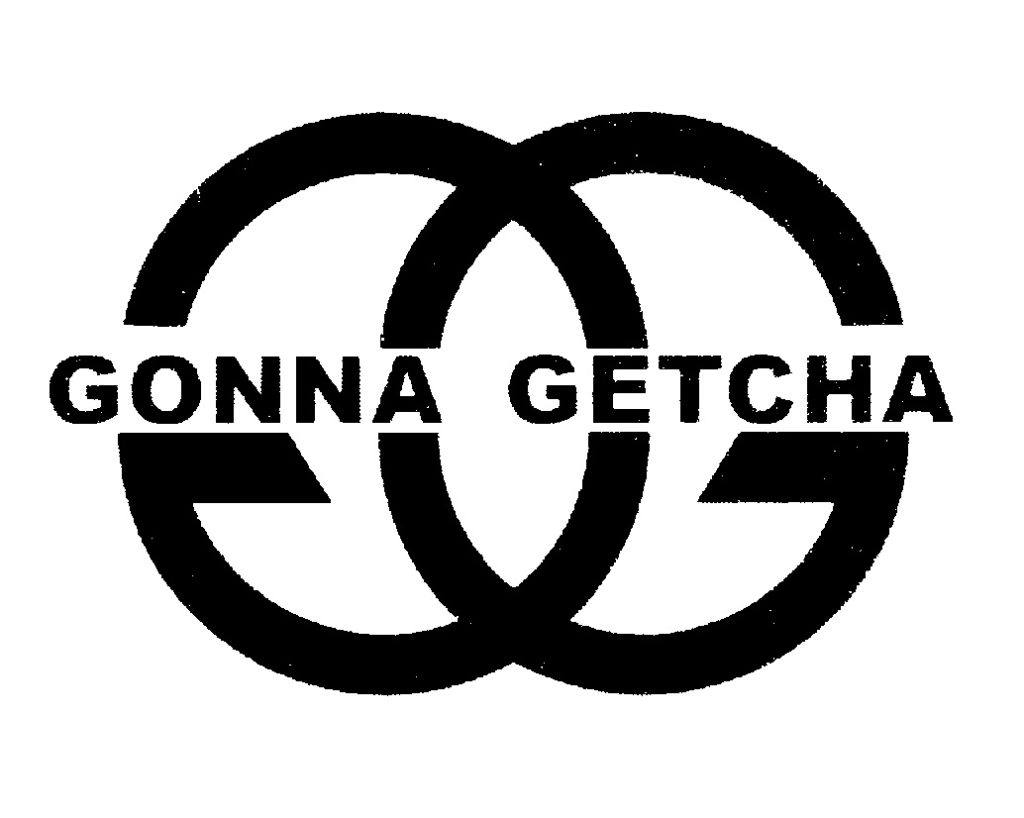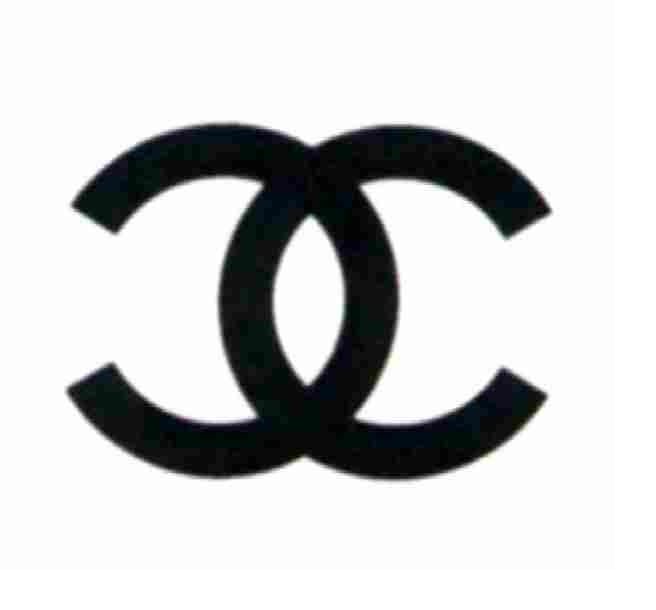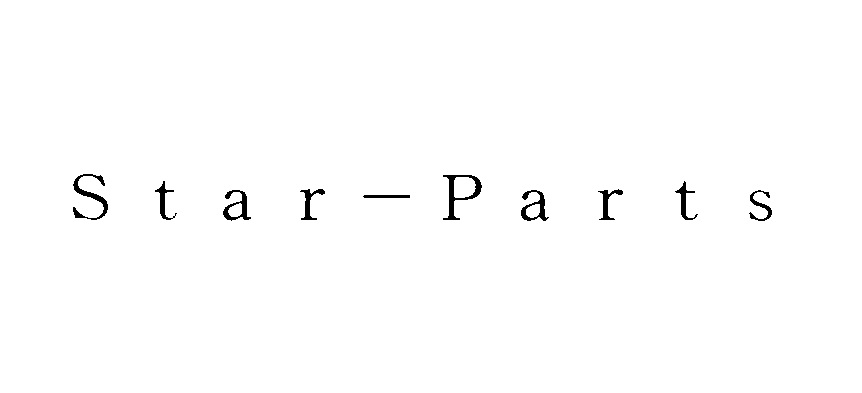In a recent decision, the Japan Patent Office (JPO) dismissed an opposition filed by Disney Enterprises, Inc. against TM Reg no. 6303837 for a composite mark containing a three-round device due to a low degree of similarity to famous Mickey’s 3-circle silhouette.
[Opposition case no. 2021-900006, Gazette issued date: September 24, 2021]Opposed mark
Aoki shofuan Co., Ltd., a Japanese confectionery maker, applied a composite mark consisting of words “TSUKIGESHO”, “FACTORY”, its Japanese language and a three-round device (see below) for use on retail or wholesales service in relation to confectionery, processed foods and beverage (tea, coffee, cocoa) in class 35 with the JPO on October 21, 2019.
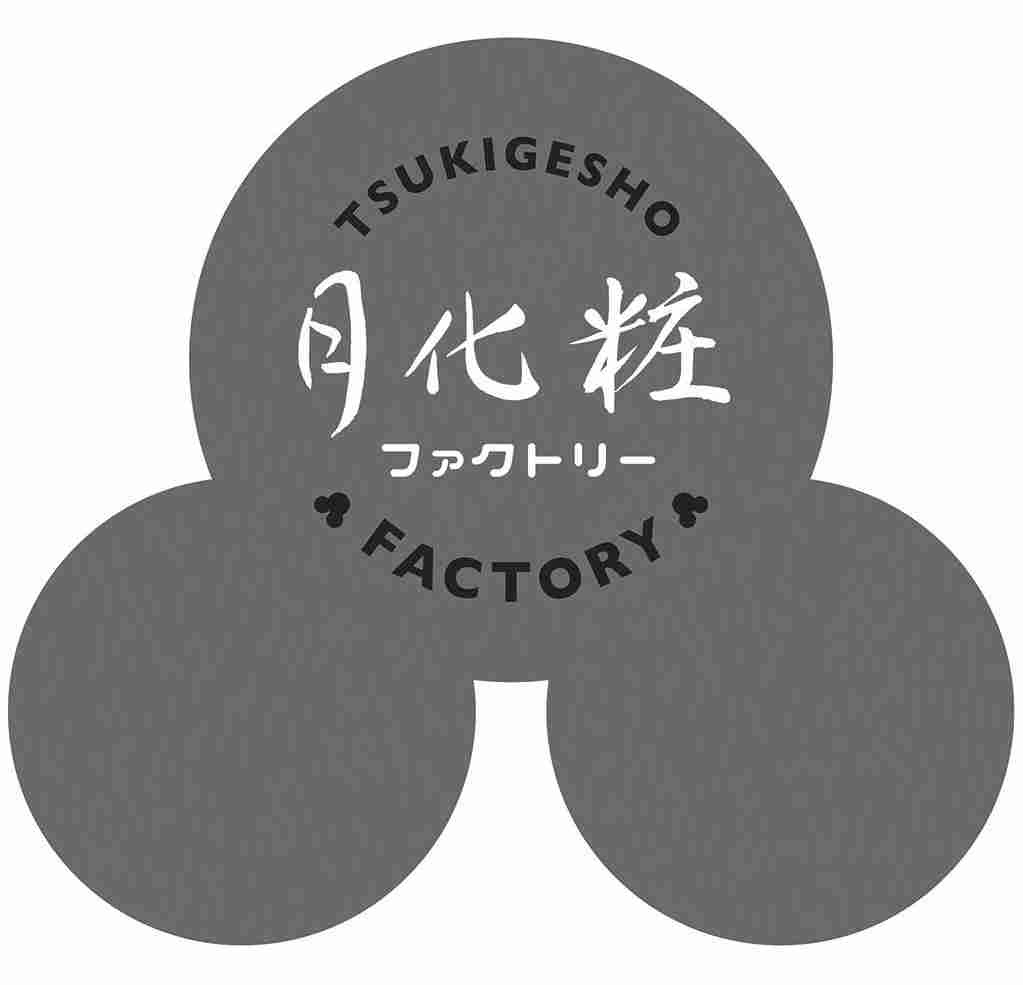
The JPO examiner granted protection of the opposed mark on September 23, 2020, and published for opposition on November 4, 2020.
Opposition by Disney
To oppose against registration within a statutory period of two months counting from the publication date, Disney Enterprises, Inc. filed an opposition against the opposed mark on January 4, 2021.
Disney argued the opposed mark shall be canceled in contravention of Article 4(1)(x), (xi), (xv), and (xix) of the Trademark Law because of the remarkable reputation and popularity of Mickey’s 3-circle silhouette (see below) as a source indicator of Disney and a high degree of similarity between the opposed mark and the opponent’s famous mark.
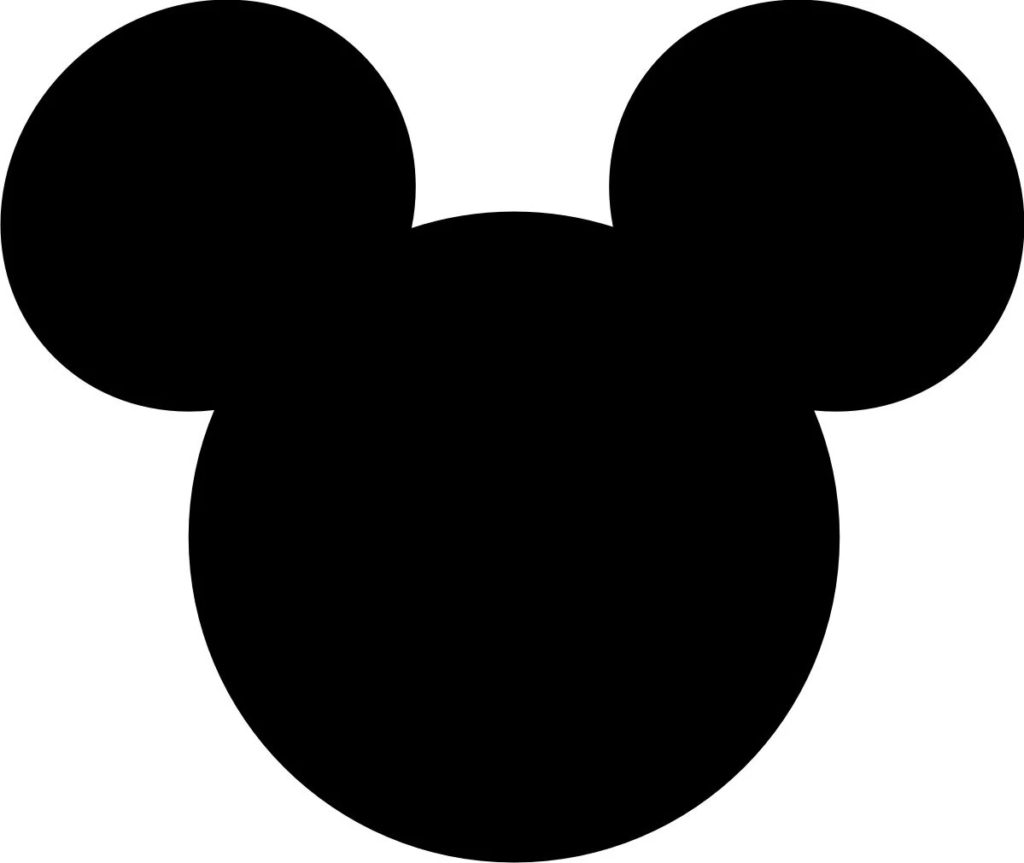
JPO decision
The JPO Opposition Board did not question the famousness of Mickey’s 30-circle silhouette as a source indicator of Disney and their business since most consumers would conceive a world-famous iconic character “Mickey Mouse” at the sight of the silhouette.
In the meantime, the Board negated similarity between the marks by stating that:
- From appearance, both marks are easily distinguishable because the opposed mark contains distinctive literal elements “TSUKIGESHO” and its Japanese language written in a conspicuous manner, and the figurative element (three round silhouette) is depicted upside down.
- Phonetically, both marks are quite dissimilar because the opponent mark does not give rise to a pronunciation contrary to the opposed mark.
- Conceptually, although the opposed mark does not give rise to any specific meaning, both marks are dissimilar given the opponent mark is well-known for an indication of Mickey Mouse.
- In view of different configuration of the figurative element by depicting three circles upside down, relevant consumers are unlikely to associate the three-round device of the opposed mark with Mickey Mouse. If so, the figurative element would not be considered as a prominent portion to play a source indicator of the opposed mark.
Based on the foregoing, the JPO found both marks are too dissimilar to cause a likelihood of confusion. If so, the Board can’t find reasonable grounds to believe the opposed mark shall be canceled under Article 4(1)(x), (xi), (xv), and (xix) and decided to dismiss the opposition.


